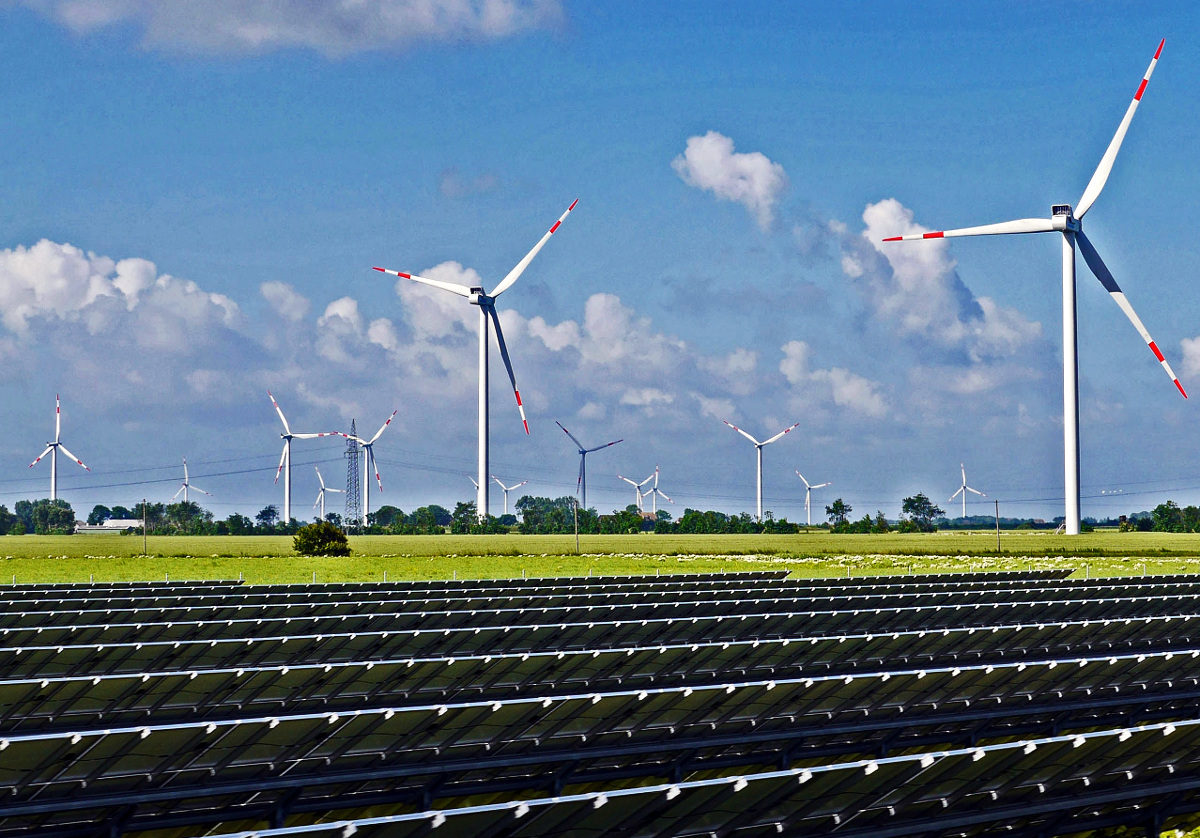New investment in wind, solar, and other clean energy projects in developing nations dropped sharply to $133 billion in 2018 from $169 billion in 2017—according to Climatescope, an annual survey of 104 emerging markets conducted by research firm Bloomberg New Energy Finance (BNEF).
As per the BNEF survey, the $36 billion net decline in developing nations’ clean energy investments was largely due to a slowdown in China, where investment in new wind, solar, and other non-large hydro renewables projects fell—by $36 billion—to $86 billion in 2018 from $122 billion in 2017.
The decline was not confined to China, however. “Inflows to clean energy projects in India and Brazil slipped $2.4 billion and $2.7 billion, respectively from the year prior,” according to the Climatescope survey that presents macro trends on clean energy in developing countries.
Coal-fired power consumption surges
The Climatescope findings suggest that developing nations are moving toward cleaner power but not nearly fast enough to limit global CO2 emissions or the consequences of climate change.
Though the majority of new power-generation capacity added in developing nations in 2018 still came from wind and solar, their volume of actual coal-fired power generated and consumed jumped to 6.9 thousand terawatt-hours in 2018, up from 6.4 thousand in 2017.
The approximately 500 terawatt hours in new coal consumption is roughly equivalent to all the power consumed in Texas in a normal year. Across the 104 emerging markets surveyed in Climatescope, coal accounted for 47% of all generation.
India: Top scorer in RE potential
For the first time since the country was included in the survey in 2014, India emerged as the highest-scoring nation on its overall potential for clean energy development.
“The nation’s aggressive policy framework and copious capacity expansions propelled it to first place in 2019, from second in 2018”—according to BNEF analysts.
“The Indian government has set one of the world’s most ambitious renewable energy targets at 175 GW by 2022, with 100 GW to come from solar, 60 GW from wind, and 15 GW from other sources. India has also held the most competitive and largest auctions for clean energy power-delivery contracts. These resulted in the procurement of the equivalent of 19 GW in 2018 alone”—the analysts said, adding that these developments together pushed the country to the top on Fundamentals score and 3rd on Opportunities in the Climatescope ranking.
“Renewables, excluding large hydro, account for 81 GW of India’s 356 GW capacity. Since 2017, capacity additions from renewables have exceeded those of coal. While wind capacity additions of 2.3 GW in 2018 were 44% below 2017 levels, solar saw its best year to date with 9 GW installed. This included utility-scale, rooftop and off-grid capacity.”
This content is protected by copyright and may not be reused. If you want to cooperate with us and would like to reuse some of our content, please contact: editors@pv-magazine.com.









By submitting this form you agree to pv magazine using your data for the purposes of publishing your comment.
Your personal data will only be disclosed or otherwise transmitted to third parties for the purposes of spam filtering or if this is necessary for technical maintenance of the website. Any other transfer to third parties will not take place unless this is justified on the basis of applicable data protection regulations or if pv magazine is legally obliged to do so.
You may revoke this consent at any time with effect for the future, in which case your personal data will be deleted immediately. Otherwise, your data will be deleted if pv magazine has processed your request or the purpose of data storage is fulfilled.
Further information on data privacy can be found in our Data Protection Policy.